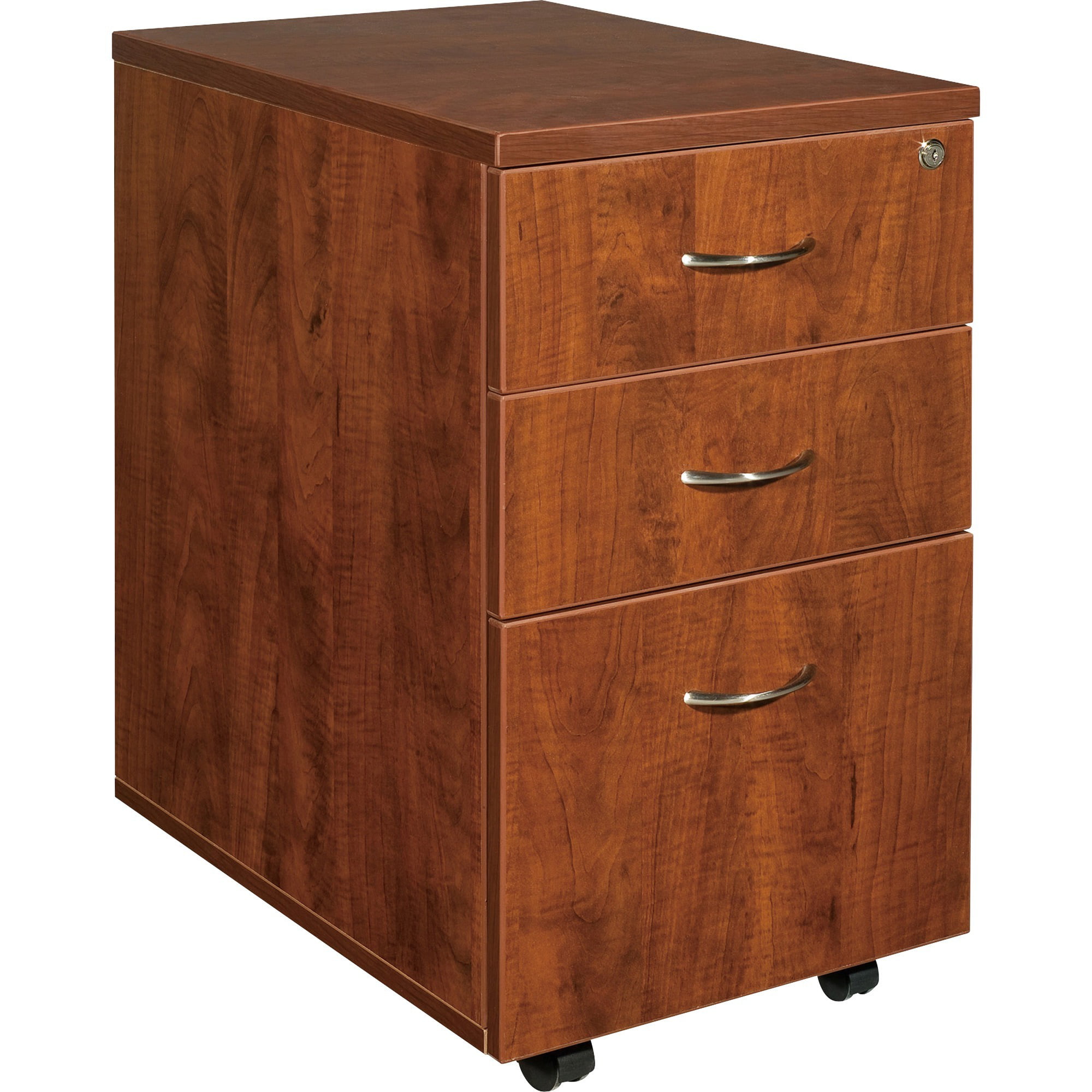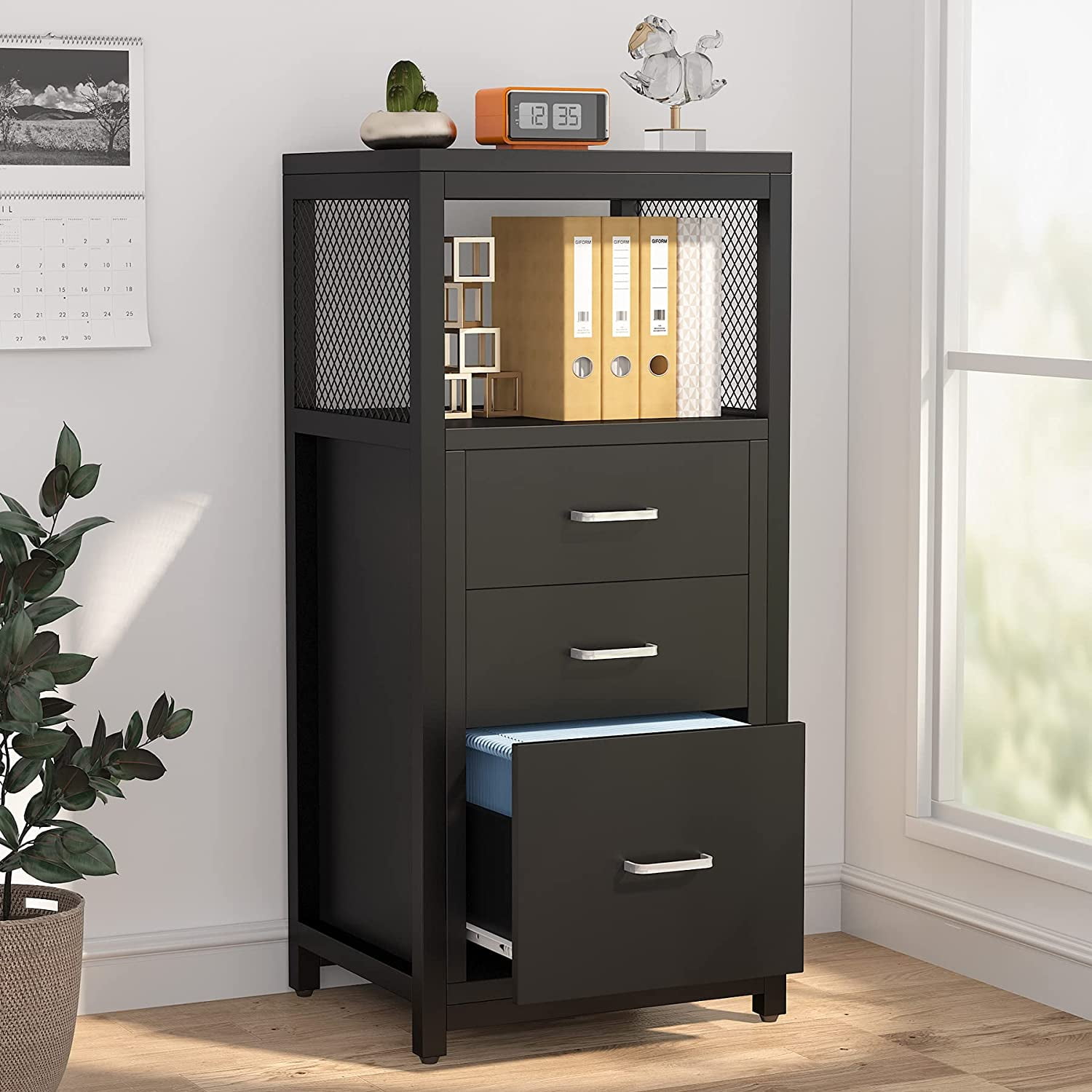Choosing the Right 3-Drawer Lateral File Cabinet for Your Needs

A 3-drawer lateral file cabinet is an essential piece of furniture for any office, home office, or workspace that requires efficient and organized storage. With a wide variety of options available, choosing the right file cabinet for your specific needs can seem overwhelming. However, by considering key factors like intended use, storage capacity, style, and budget, you can find the perfect file cabinet to meet your requirements.
Determining Your Needs
The first step in choosing a 3-drawer lateral file cabinet is to assess your specific needs. Consider the following:
- Intended Use: What will you be storing in the file cabinet? Will you be storing standard letter-size files, legal-size files, or a combination of both? Will you be storing other items, such as binders, folders, or supplies?
- Storage Capacity: How much storage space do you need? A 3-drawer lateral file cabinet typically offers ample storage for a moderate volume of documents. However, consider the number of files you need to store and the frequency with which you access them. If you have a large volume of files or anticipate needing more storage in the future, you may want to consider a file cabinet with more drawers or a larger capacity.
- Style: What style of file cabinet complements your workspace? File cabinets come in various styles, from traditional to modern. Consider the overall aesthetic of your office and choose a file cabinet that blends seamlessly with your existing furniture.
- Budget: How much are you willing to spend on a file cabinet? File cabinets come in a wide range of price points, depending on features, materials, and brand. Set a realistic budget and explore options within your price range.
Choosing the Right Size and Drawer Configuration
Once you’ve determined your needs, you can narrow down your choices based on size and drawer configuration.
- Size: The size of the file cabinet is crucial. Measure the available space in your office or workspace to ensure the file cabinet will fit comfortably. Standard 3-drawer lateral file cabinets typically measure around 30 inches wide, 18 inches deep, and 50 inches tall. Consider the dimensions of the file cabinet in relation to the space available and your personal preferences.
- Drawer Configuration: The drawer configuration can also impact the file cabinet’s functionality. Most 3-drawer lateral file cabinets have three drawers of equal size. However, some file cabinets may have different drawer configurations, such as a larger top drawer for bulky items or a smaller bottom drawer for hanging files. Choose a drawer configuration that best suits your storage needs.
Weight Capacity and Locking Mechanisms
The weight capacity and locking mechanisms are essential considerations for ensuring the safety and security of your files.
- Weight Capacity: The weight capacity of a file cabinet refers to the maximum weight each drawer can hold. It’s crucial to choose a file cabinet with a weight capacity that can accommodate the weight of your files and other stored items. A typical weight capacity for a 3-drawer lateral file cabinet is around 100 pounds per drawer. If you anticipate storing heavy items, consider a file cabinet with a higher weight capacity.
- Locking Mechanisms: Locking mechanisms are crucial for securing your files from unauthorized access. Most 3-drawer lateral file cabinets come with locking mechanisms, such as key locks or combination locks. Choose a locking mechanism that meets your security requirements and is easy to use.
Integrating a 3-Drawer Lateral File Cabinet into Your Workspace: 3 Drawer Lateral File Cabinet Wood

A 3-drawer lateral file cabinet can be a valuable addition to any workspace, providing a dedicated space for storing important documents and files. Integrating it effectively can enhance organization, streamline workflow, and create a more efficient and productive environment.
Ergonomic Considerations for Placement
Proper placement of your file cabinet is crucial for ensuring comfortable access and minimizing strain. Consider these ergonomic factors:
- Height and Reach: Place the cabinet at a height that allows you to easily access the drawers without excessive bending or reaching. Ideally, the top drawer should be at a height that allows you to comfortably reach the contents without straining your back or shoulders.
- Clear Pathways: Ensure there is ample space around the cabinet to allow for easy movement and access. Avoid placing it in tight corners or areas that restrict your ability to move around freely.
- Proximity to Desk: Position the cabinet close enough to your desk to facilitate easy access to files, but not so close that it obstructs your workspace.
Organizing and Labeling Files, 3 drawer lateral file cabinet wood
A well-organized filing system is essential for maximizing efficiency and accessibility. Here are some strategies for organizing and labeling files within your 3-drawer lateral file cabinet:
- Categorize Files: Group files into logical categories based on their content, such as client files, financial documents, project files, or personal records. Consider using color-coded folders or labels to visually differentiate between categories.
- Establish a Filing System: Develop a consistent filing system that allows you to easily locate files. This could involve using alphabetical, numerical, or chronological ordering, depending on your needs.
- Clear and Concise Labeling: Use clear and concise labels for each folder and drawer. Avoid using ambiguous or overly general labels that make it difficult to find specific files.
